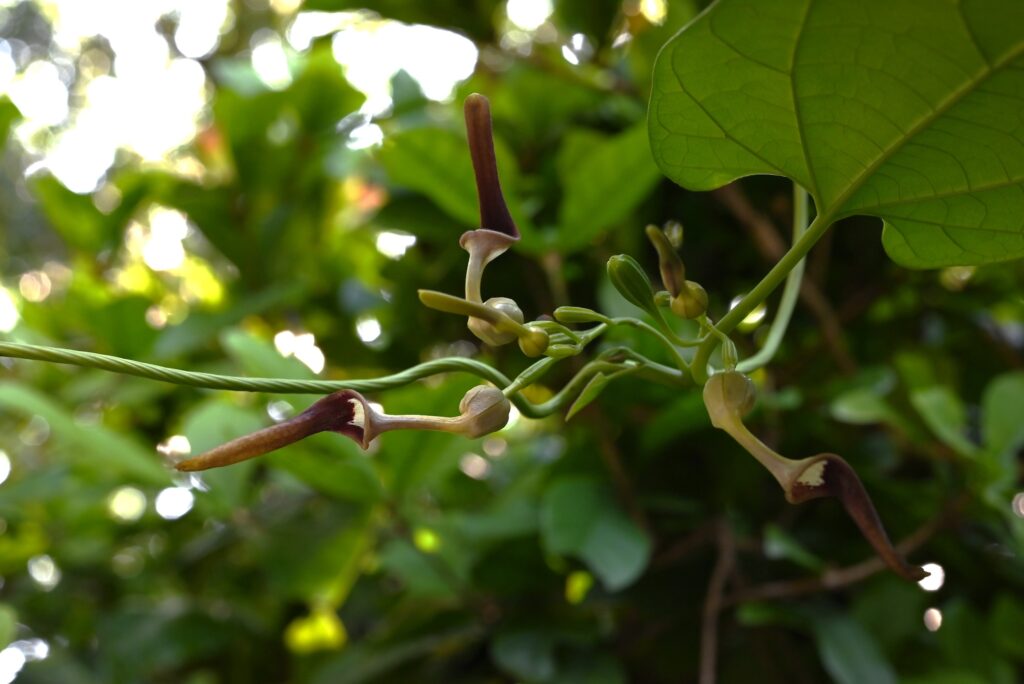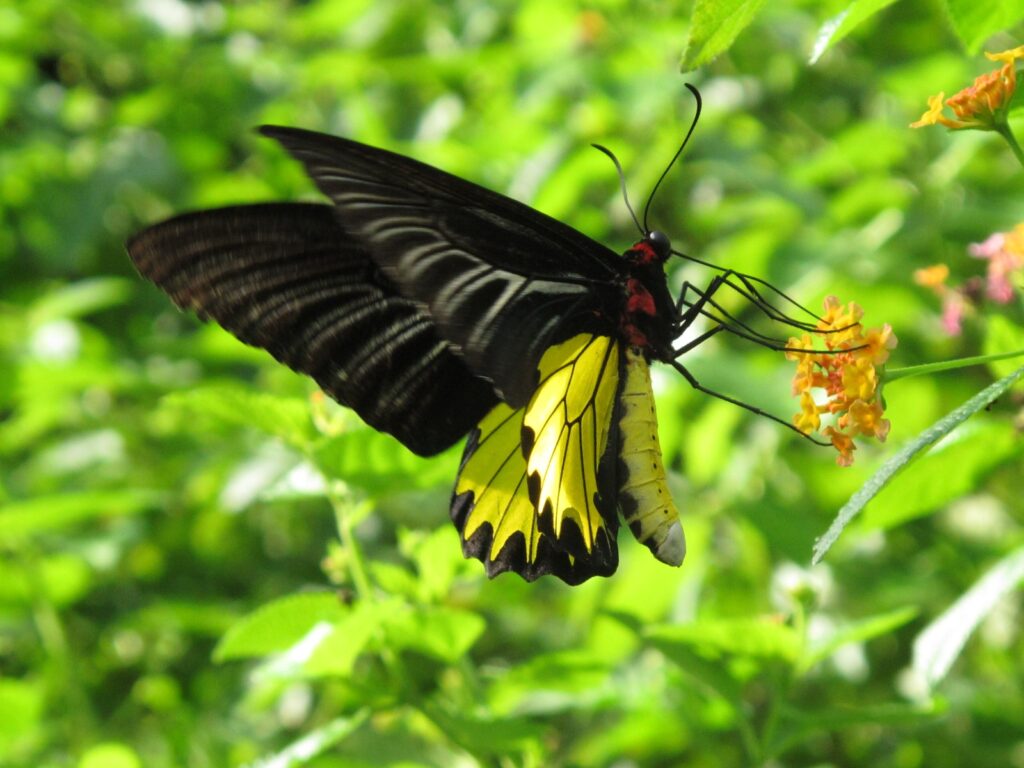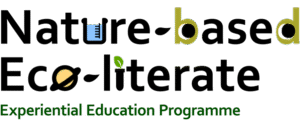Pedagogical Approach

Sustainable Development
was first defined in the World Commission on Environment and Development’s 1987 Brundtland report “Our common future” as
“development that meets the needs of the present without compromising the ability of future generations to meet their own needs”.
After years of incubation and practice, the concept of “sustainable development” has gradually gained the attention of the political, business and academic sectors, and is even regarded as the mainstream viewpoint of the future.
What is eco-literacy and why nurturing eco-literate talents is so relevant to our common future?
After synthesising and integrating the previous work of many other scholars[2], Professor Sandra Wooltorton, a trans-disciplinary researcher with a background in cultural geography and education, posited that ecological literacy includes six key elements[3]:
Ecological Self
Experience the sense of interconnectedness with the cycle of life on the basis of care and compassion, expansiveness of soul and respect for others on the basis of respect for difference.
Sense of Place and Active Citizenship
Organically integrated into the unique local culture, history, community relationships and ecosystems.
Systems Thinking and Relationship
Understand the relationality of all things and the threads therein, knowing that we are all interdependent.
The Ecological Paradigm
Study the whole, relationships and networks. Focus on how to apply knowledge under different circumstances, highlighting the process, mode and quality.
Pedagogy of Education for Sustainability
Use an experiential, participatory and multidisciplinary approach, focusing on the experience of the learning process.
Reading the World of Nature and Culture
Children engage deeply with nature as early in their lives as possible, in order that they have a strong foundation in ecological literacy for nature.
An eco-literate person is prepared to be an effective member of sustainable society, comprising an organic understanding of the world and participatory action within and with the environment[4]. Therefore, for students, not only will learning the key points of eco-literacy help them to better care for our planet, but it will also enable them to become more responsible global citizens.
What key aspects are essential for designing experiential learning activities to effectively enhance students’ eco-literacy?
Palmer’s Tree Model is a classic framework in environmental education that creates a comprehensive approach to learning about the environment. It emphasises education about, in, and for the environment, combining empirical, ethical, aesthetic, and social dimensions.[5] This systematic and holistic approach is valuable for designing eco-literate pedagogy materials and activities.
Based on Palmer’s Tree Model, the following aspects are crucial:
- Interconnected Learning Dimensions
- Empirical, Ethical, Aesthetic, and Social Elements
- Issue-based and Action-oriented Learning
- Personal and Emotional Engagement
- Developmentally Appropriate Content
- Cultural and Social Context
An Example and Illustration of How KFBG’s Eco-literacy
Programmes Assist Students Learning –
Dutchman’s Pipe x Birdwing Butterfly Urban Habitat Restoration Project
– A Collaborative Conservative & Education Endeavor between Schools and KFBG
To provide impactful eco-literacy experiences that nurture holistic learning- engaging students’ head, heart and hands- KFBG has launched a project cultivating a rare and endangered plant species: Dutchman’s Pipe (Aristolochia tagala) on campuses. This plant is essential for Hong Kong’s endangered Golden Birdwing butterfly, protected under Cap. 586. The Golden Birdwing depends solely on Dutchman’s Pipe, highlighting a critical plant-animal interdependency crucial for biodiversity.


Uniquely, under the KFBG CAP 1156 and approved by the Agriculture, Fisheries and Conservation Department (AFCD), KFBG is allowed to distribute seeds and seedlings to schools for educational and conservation purposes. By fostering Dutchman’s Pipe growth in schools, KFBG supports Golden Birdwing habitats and empowers students and teachers as conservation ambassadors. This initiative not only safeguards endangered species but also enhances scientific inquiry, environmental stewardship, and community engagement.
Outcomes after running
the project for
12
months:
Restoring Ecological Habitats
Created a habitat favourable for butterflies, especially the Golden Birdwing, by introducing Dutchman’s Pipe in schools.
Fostering Student Responsibility
Nurtured suitable students to be environmental conservation ambassadors with certificates issued by KFBG.
Empowering Teachers
Empowered teachers with professional knowledge and skills to deliver lessons and experiential learning activities with live demonstrations of plants and insects.
Developing STEAM Teaching Materials
Obtained a set of learning materials related to the science curriculum and STEAM, which also ties in with the two curriculum focuses – “science inquiry” and “engineering design and innovation”.
This project exemplifies KFBG’s commitment to ecological literacy, fostering a generation of environmentally conscious citizens through hands-on conservation efforts and interdisciplinary education.
[2] Capra, F. (2004). The hidden connections: A science for sustainable living. Anchor. Cutter-Mackenzie, A., & Smith, R. (2003). Ecological literacy: The ‘missing paradigm’in environmental education (part one). Environmental education research, 9(4), 497-524. Orr, D. W. (1991). Ecological literacy: Education and the transition to a postmodern world. State University of New York Press.
[3] Wooltorton, S., & Marinove, D. (2006). Sharing wisdom for our future. Environmental education in action. In Proceedings of the 2006 Conference of the Australian Association of Environmental Education (pp. 261-264).
[4] McBride, B. B., Brewer, C. A., Berkowitz, A. R., & Borrie, W. T. (2013). Environmental literacy, ecological literacy, ecoliteracy: What do we mean and how did we get here?. Ecosphere, 4(5), 1-20.
[5] Palmer, J. (2002). Environmental education in the 21st century: Theory, practice, progress and promise. Routledge.
